GoPro Hero 9 Black vs Hero 10 Black: which action cam should you buy?
Is the Hero 10 Black worth the premium overs its predecessor?
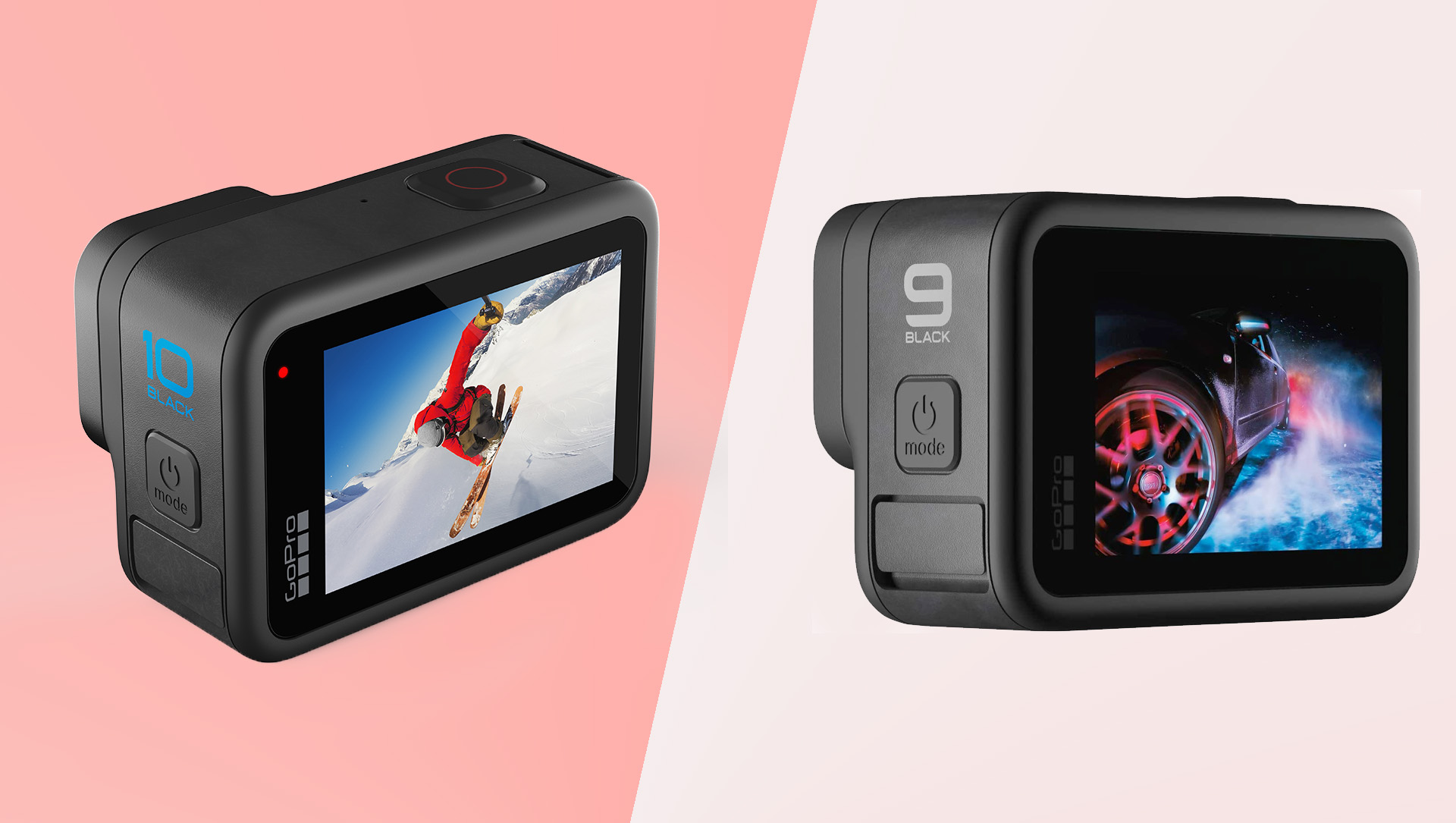
The GoPro Hero 10 Black is the action cam king's flagship model – and with its double-digit name, you might expect it to be a big upgrade on its Hero 9 Black predecessor, which remains on sale.
As our GoPro Hero 10 Black review found, though, that's not necessarily the case. This generation doesn’t have big design changes like those introduced in the GoPro Hero 9 Black, which may come as a relief to most users, since accessories and Media Mod add-ons won’t suddenly become obsolete.
Instead, the GoPro Hero 10 Black is more of a quality-of-life upgrade. Its GP2 processor, for instance, makes this action camera much more responsive and fun to use than the Hero 9 and its predecessors. That was one of the main criticisms raised by our GoPro Hero 9 Black review.
This new brain also allows for higher frame-rates in one specific area, more advanced image processing, tweaked stabilization and better live streaming features. However, GoPro Hero 9 Black owners (or prospective owners) should consider the upgrade only if they're particularly keen for a more slick and immediate feel.
There's no dramatic shift in image quality on the Hero 10 Black, even if a new outer lens coating and processing algorithms do offer at least marginally improved footage most of the time. But as you'd expect for the higher price, it does improve on the Hero 9 in a few select ways. We've rounded them all up here to help you decide you resolve your 'Hero 9 Black vs Hero 10 Black' buying conundrum.
1. GoPro Hero 9 Black vs Hero 10 Black: processor
The GoPro Hero 10 Black received the first new processor since the Hero 6 Black from 2017. It’s called the GP2.
This SoC – or system on chip – enables most of the changes we’ll talk about in this article. However, it also provides a more direct improvement, one we’ve wanted for years.
Get daily insight, inspiration and deals in your inbox
Sign up for breaking news, reviews, opinion, top tech deals, and more.
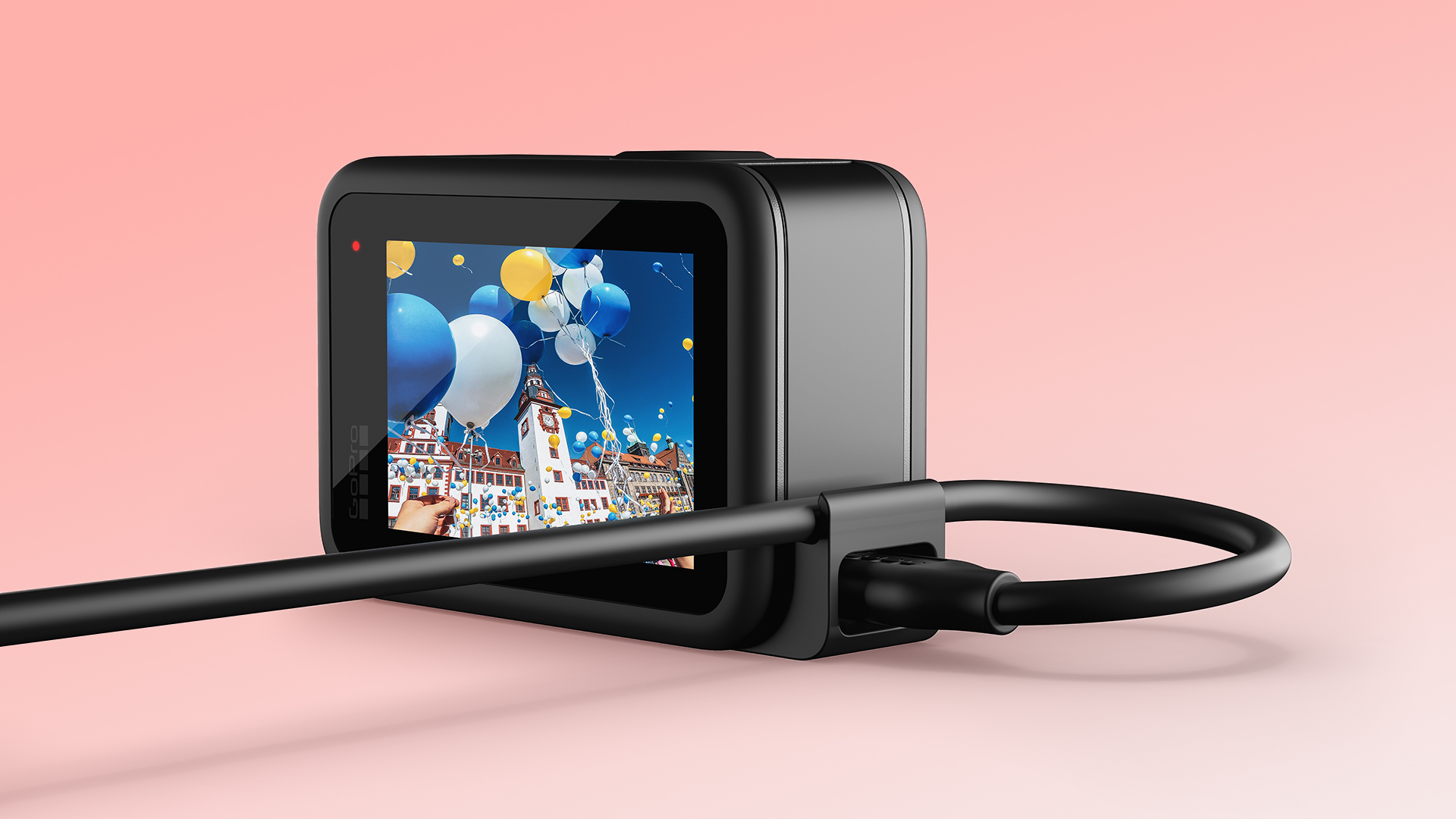
The GoPro Hero 10 Black feels faster than its predecessors. It brings faster boot-ups, a more responsive touch interface and quicker captures. This may not sound all that exciting, but we think it’s one of the most glaring shortcomings on earlier models that GoPro needed to address.
These cameras are some of the most expensive consumer action cams around, but zipping around their interfaces always felt a little labored. GoPro’s GP2 has changed that for the better, and also introduced a new wired transfer mode.
2. GoPro Hero 9 Black vs Hero 10 Black: image quality
Most action cameras have poor low-light video. The same is true of GoPros, and we don’t think the GoPro Hero 10 Black has changed that radically.
Low-light shooting is improved in the new camera, but it’s thanks to better processing rather than a larger sensor or a dramatically improved lens.
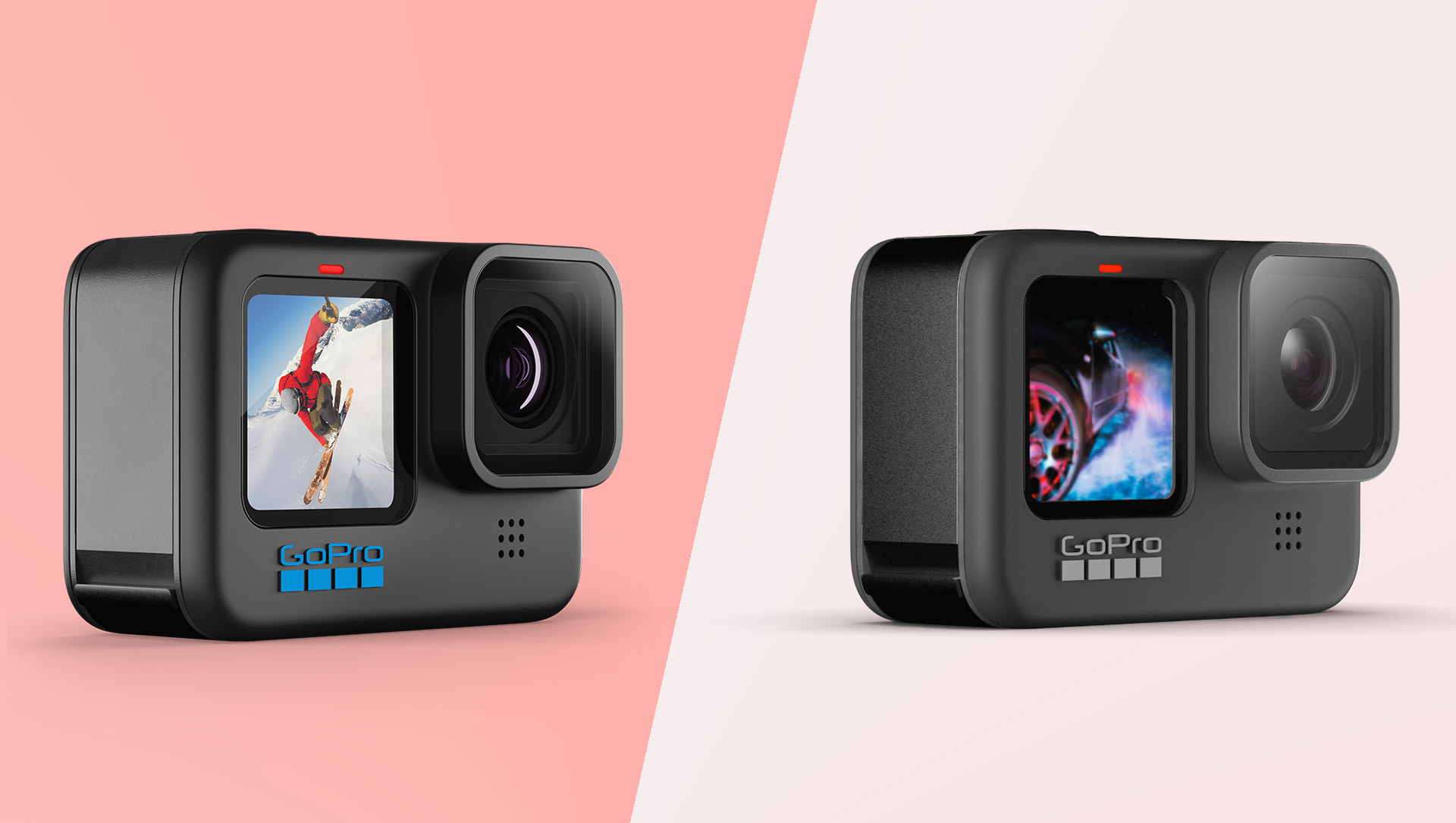
The GoPro Hero 10 Black’s GP2 processor introduces what GoPro calls “3D noise reduction”. This is not a 3D camera, though, so instead you're getting greater cross-referencing of frames to improve the final footage.
This is most effective in lower, rather than ultra-low, lighting – scenes like sunset, dusk, or when shooting under a dense canopy of trees. That last one is probably the most important, given how often hikers, trail runners and cyclists will use a GoPro in forests.
GoPro cameras already do much better than almost all the competition in wooded areas, judging by our testing, so this is is a handy image quality boost over the cameras from Insta360 and DJI.
3. GoPro Hero 9 Black vs Hero 10 Black: Stabilization
Long-term GoPro fans will have guessed that a new version of HyperSmooth was coming. There’s always some form of improvement to GoPro’s fantastic motion smoothing stabilization with each leading Hero camera.
The GoPro Hero 10 Black introduces Hypersmooth 4.0. This increases the effectiveness of horizon-leveling from 27 degrees to 45 degrees.
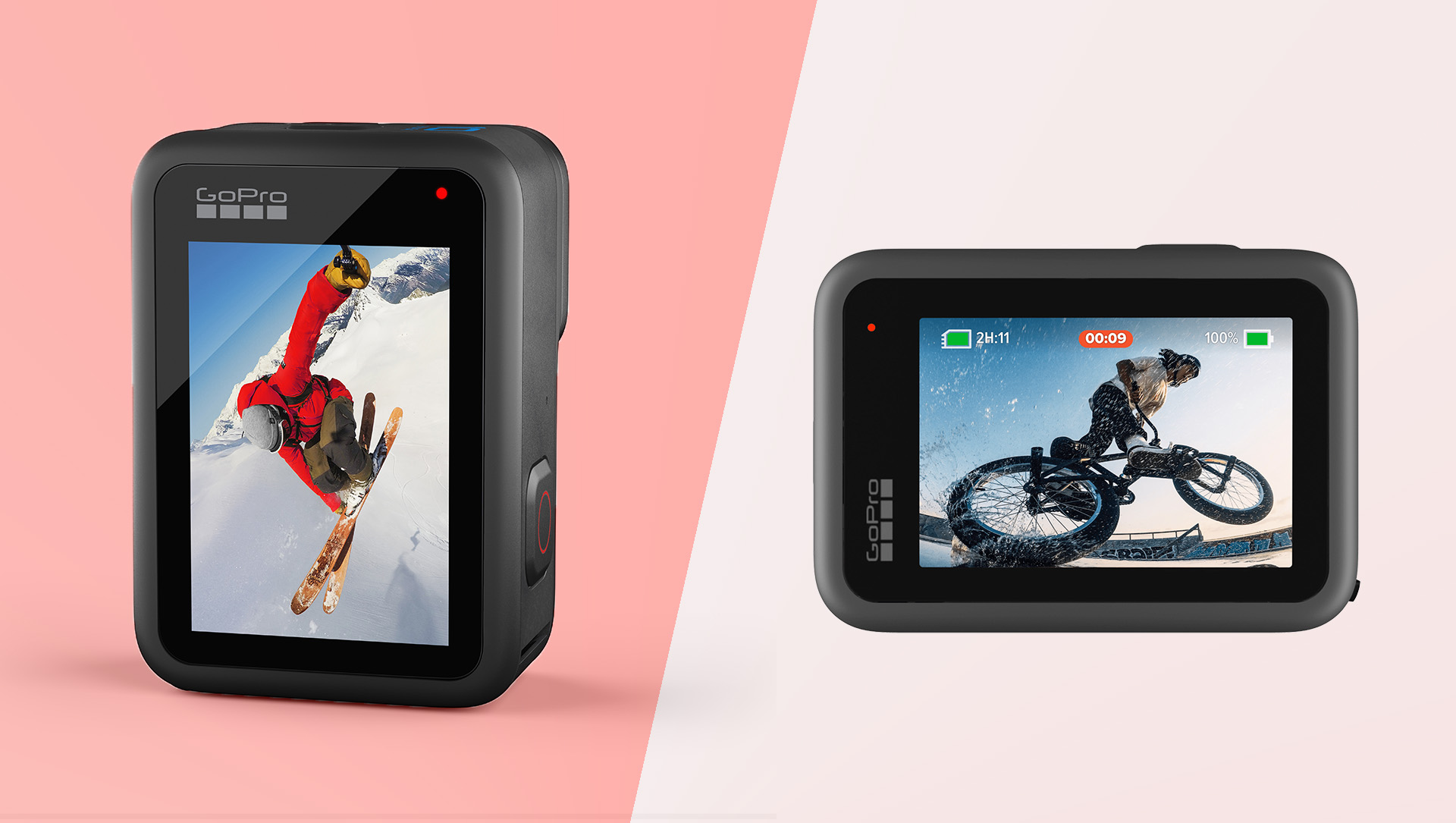
Horizon leveling keeps your footage upright even if the actual angle of the camera is tilting all over the place. An extra 18 degrees means you can move more aggressively without breaking the illusion of a fully-stabilized upright camera, which is useful for off-road biking and snowboarders.
This is a feature of software stabilization, so will only apply to cropped views, not the 'digital lens' that offers the widest field of view. GoPro achieves this without a change in the lens’ view of the world, which is quite impressive. The GoPro Hero 9 Black and 10 Black both have 132-degree lenses.
4. GoPro Hero 9 Black vs Hero 10 Black: Lenses
The GoPro Hero 10 Black gets some lens improvements, but these all relate to the outer lens covering rather than the inner lens itself. There are three aspects here.
GoPro has improved the kind of glass used, for greater scratch resistance. It’s still a removable outer lens housing, but you’re less likely to need to replace it. There’s a hydrophobic coating, which does genuinely make water bead off more efficiently – a big improvement for the water sports fans.
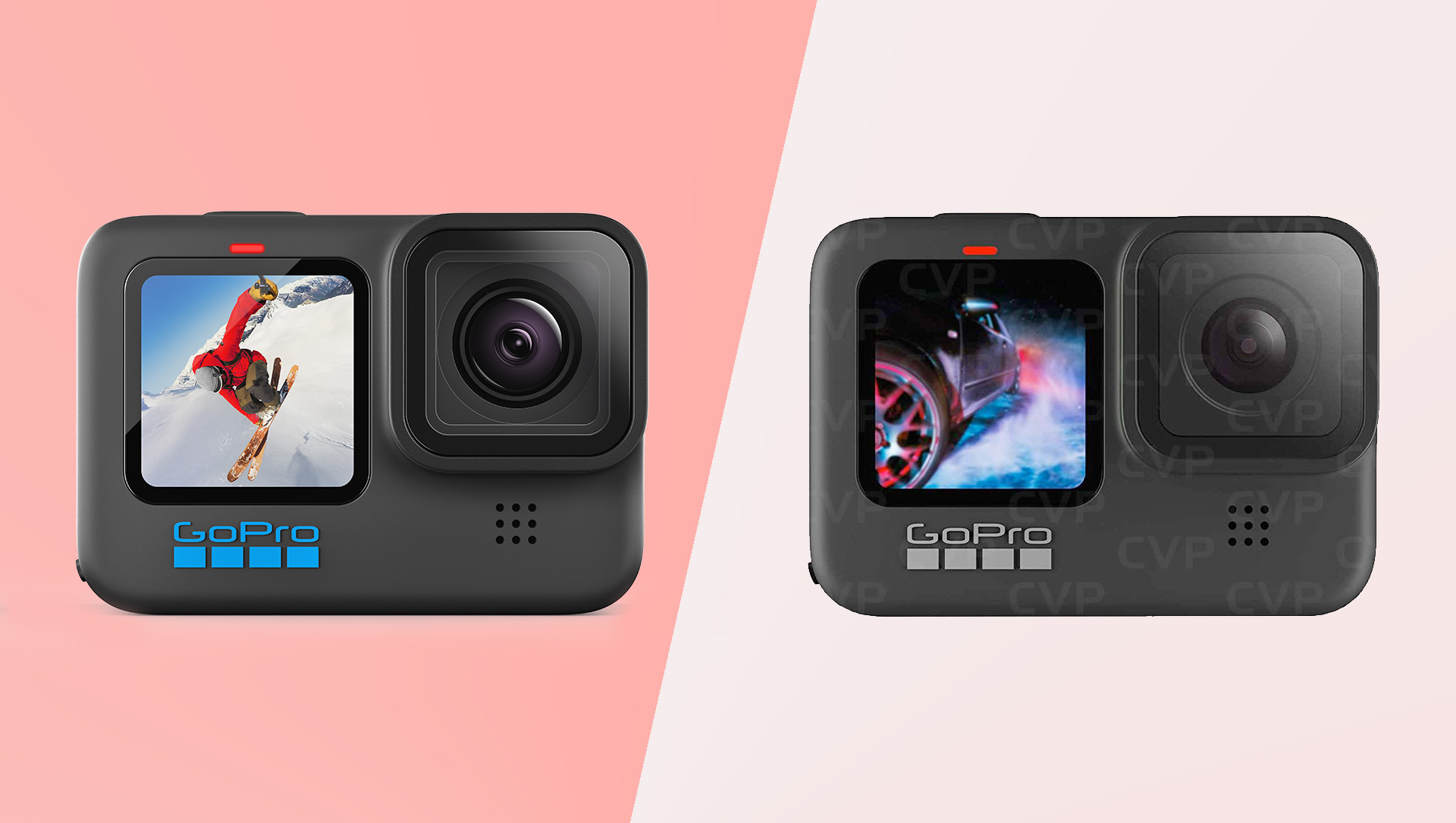
Reduced ghosting is perhaps the most interesting change, mostly because there’s a lot of scope for this to be misinterpreted. The first form of ghosting that comes to mind relates to HDR photography, where there are changes in scene between the multiple exposures used to make a HDR photo (or video frame). It also isn't related to when higher frame rate content is downsampled to, say, 30fps.
Instead, the reduced ghosting comes from a lens coating that improves image contrast when dealing with high levels of light contrast in a scene, which can cause a sort of ghostly bleed into the shadow areas.
5. GoPro Hero 9 Black vs Hero 10 Black: frame-rates
The GoPro Hero 10 Black’s GP2 processor unlocks a higher-quality shooting mode. There’s no 8K capture here, but the 5.3k resolution mode seen in the GoPro Hero 9 Black is now capped at 60 frames per second rather than 30.
That’s neat, as you no longer need to choose between a smoother frame rate or above-4K resolution.
There’s a 'but' coming. For the best Hypersmooth 4.0 stabilization results you’ll want to stick to 5.3k at 30 frames per second or 4K at 60 frames per second. In practice, it’s not quite as dramatic an upgrade, then, but certainly useful if you won’t need the extreme sports-ready maxed-out stabilization mode all the time.
The GoPro Hero 10 Black’s stills are slightly different, too. They can now be recorded at the sensor’s native resolution, 23MP, rather than the 20MP of the Hero 9 Black. Both cameras share the same image sensor, so this is a small upgrade.
6. GoPro Hero 9 Black vs Hero 10 Black: displays
GoPro has changed both the front and rear displays of the GoPro Hero 10 Black. But there’s some unpacking to do here.
The front screen has a 1.4-inch LCD, like last time, but has smoother live preview. This likely does not mean the screen itself is better, but that the GoPro Hero 10 Black is able to comfortably drive a secondary display at a higher frame-rate more comfortably when using high-quality modes like 5K capture. That is a result of the new GP2 processor.

However, the rear screen, still a 2.27-inch LCD like last time, also has improved touch sensitivity. There's no major hardware change here, though. In June 2021, GoPro released an update for the Hero 9 Black that significantly improved touchscreen performance.
The GoPro Hero 10 Black takes these changes and then simply makes the experience a bit better thanks to the improved performance of the GP2 CPU.
7. GoPro Hero 9 Black vs Hero 10 Black: weight and webcam powers
The GoPro Hero 10 Black looks very similar to the Hero 9 Black. However, it weighs 5g less, at 153g instead of 158g.
We’d probably never have noticed if we hadn’t spent some time poring over GoPro’s spec sheets.
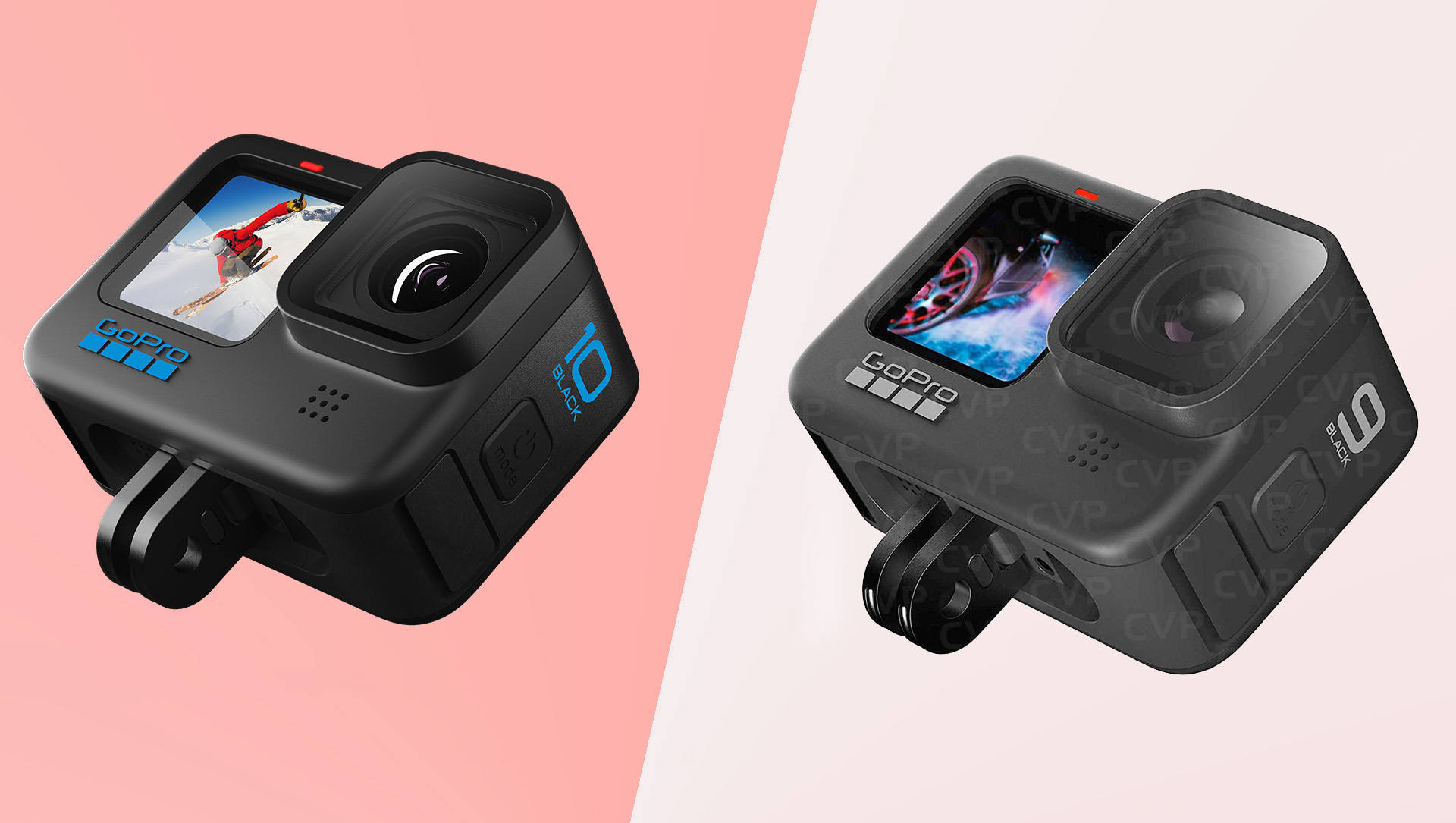
There is a fairly major change to using your GoPro for live streaming or as a webcam over USB-C, a feature that was available in GoPro’s Labs beta library before being released fully alongside the Hero 9 Black. You can use the Hero 10 Black as a webcam/streamer with Hypersmooth 4.0 stabilization.
However, the resolution ceiling remains 1080p, not 4K.
GoPro Hero 9 Black vs Hero 10 Black: verdict
At the time of writing, the GoPro Hero 10 Black and Hero 9 Black cost the same ($349 / £329 / AU$529), as long as you buy them with a one-year GoPro Subscription. Given the latter can be cancelled at any time, we reckon that's a good idea – which means the Hero 10 Black is the no-brainer choice.
It isn't a huge leap forward on the Hero 9 Black, but does bring a higher frame-rate 5K video mode, improved HyperSmooth stabilization, slo-mo when shooting in 2.7K resolution (rather than 1080p on the Hero 9 Black), and a host of usability improvements thanks to that GP2 processor.
If the $100 / £100 / AU$150 price difference between the two action cams returns, then that decision is a little harder. If you'll make good use of the 5K/60p mode and improved stabilization, then the Hero 10 Black is the best action camera you can buy. But if not, the Hero 9 Black remains a fine choice that's good enough for most people and situations.
- These are the world's best action cameras
Andrew is a freelance journalist and has been writing and editing for some of the UK's top tech and lifestyle publications including TrustedReviews, Stuff, T3, TechRadar, Lifehacker and others.
